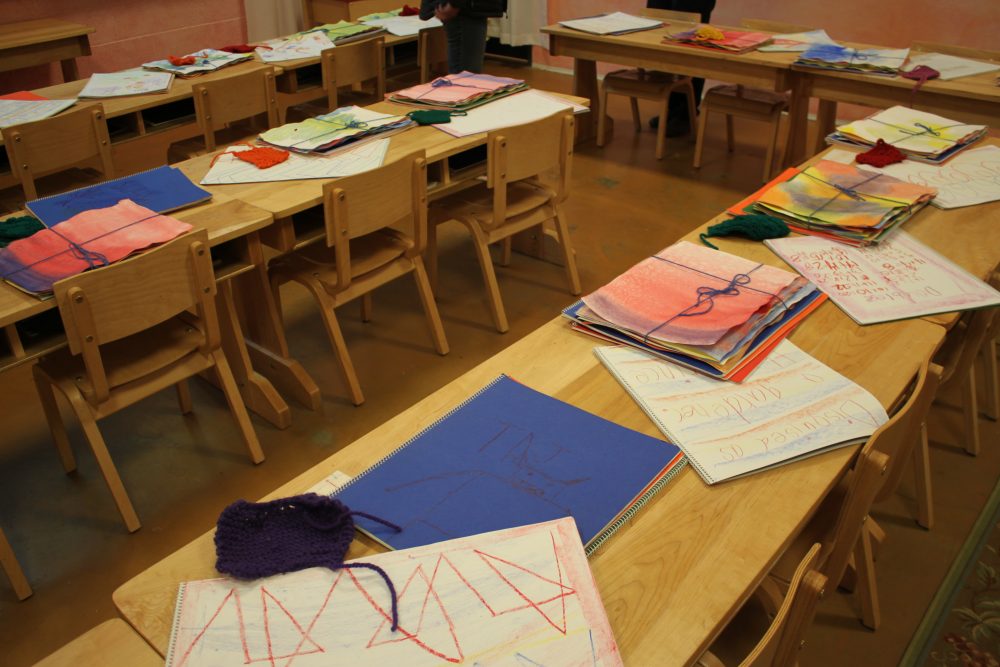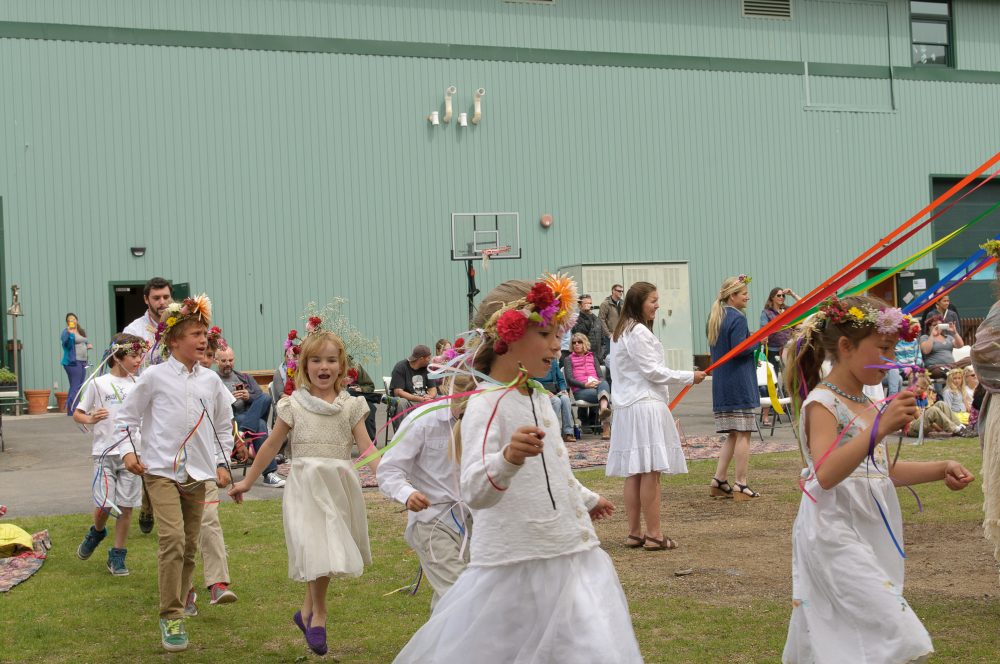Children in the 3rd grade undergo noticeable physiological, psychological and cognitive changes. The nine/ten year threshold represents a very significant step in self-awareness. Children realize they are separate from their surroundings and meet the world as individuals, often resulting in increased questions, self-doubt and wonder.
In 3rd grade, we emphasize:
Practical life: Students develop an appreciation of the important work of the farmer. They learn about different types of dwellings and house building. They learn gardening, cooking and study the different jobs people do.
Objective and subjective thinking: Children this age become more critical and begin to question everything. A process begins to unfold through which the child experiences, with increasing strength, a sense of objectivity alongside growing subjectivity.
Measurement: The children learn the ways that we human beings have developed to orient ourselves on the earth through the study of measurement.
Grammar: In the third grade the fundamentals of grammar are introduced. The children learn that there are different kinds of words.
Music: The third-grade child is ready to experience the full diatonic scale in music. The children assert their new independence by learning to sing separate parts in rounds, and, may begin to play the recorder.
The 3rd grade curriculum includes:
Math: Memorization of multiplication tables (2 through 12) continued and strengthened; weight; measure; length; volume; money; time; two to three digit multiplication; long division
Literature & Grammar: Elements of grammar (nouns, verbs, adjectives, adverbs); continuing cursive; punctuation; compositions; Stories from ancient history
Science: Gardening; soil; nature studies; animal husbandry; conservation; cooking; house building; farming
Music and performing arts: Singing in rounds; pentatonic and C flutes; in-class skits; performance of annual class play; recorder music notation
Art: Continue form drawing; human gestures in illustrations; painting; beeswax scenes from history; pencil drawing
World Language: Spanish continued (songs, plays, poetry, conversations, and vocabulary)
Handwork: Crocheting (pattern and placement recognition, finger dexterity); hand sewing
History & Social Studies: Study of practical life (house building, clothing, and cooking) around the world
Geography: History of Farming and House building
Physical Education: Traditional Games


